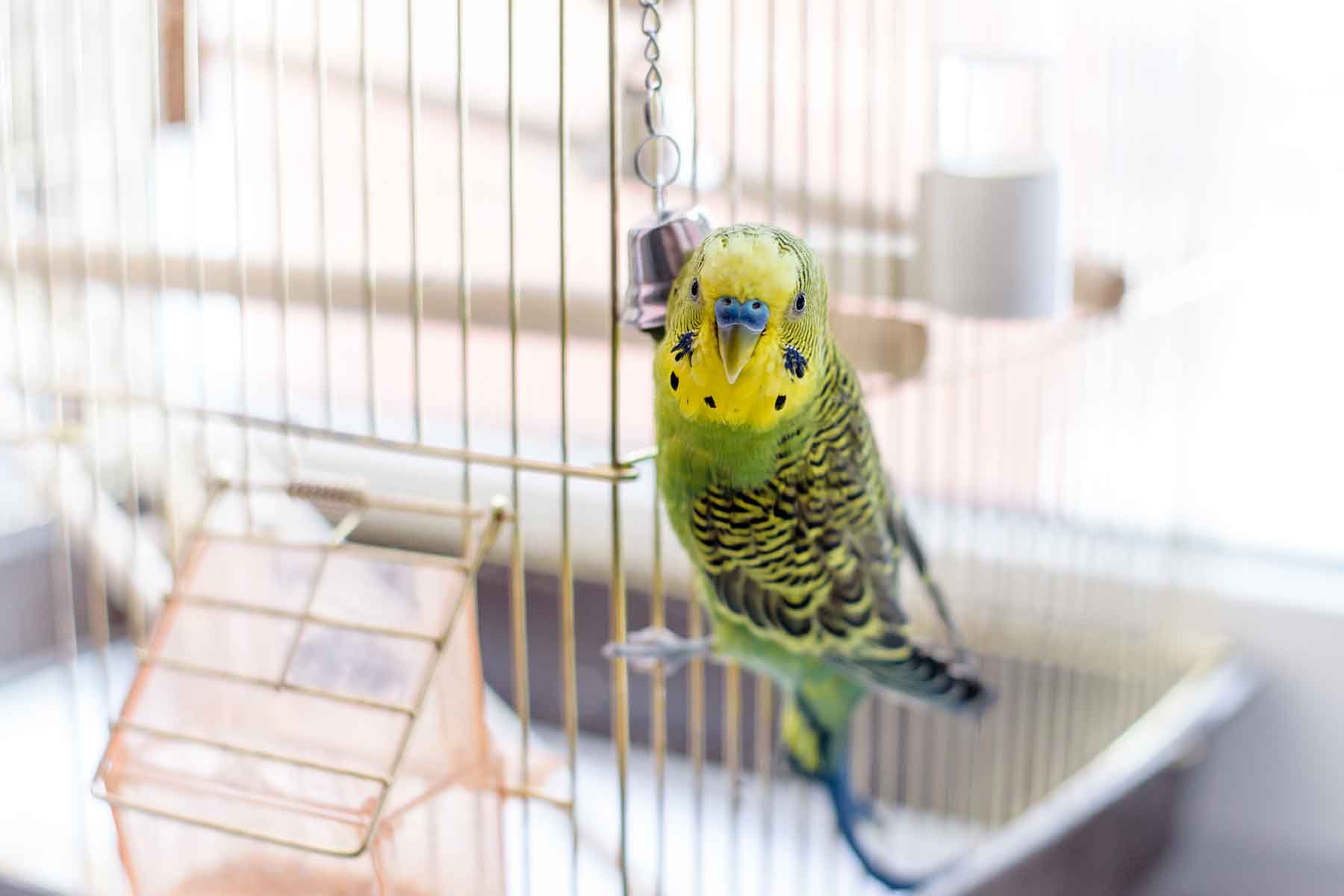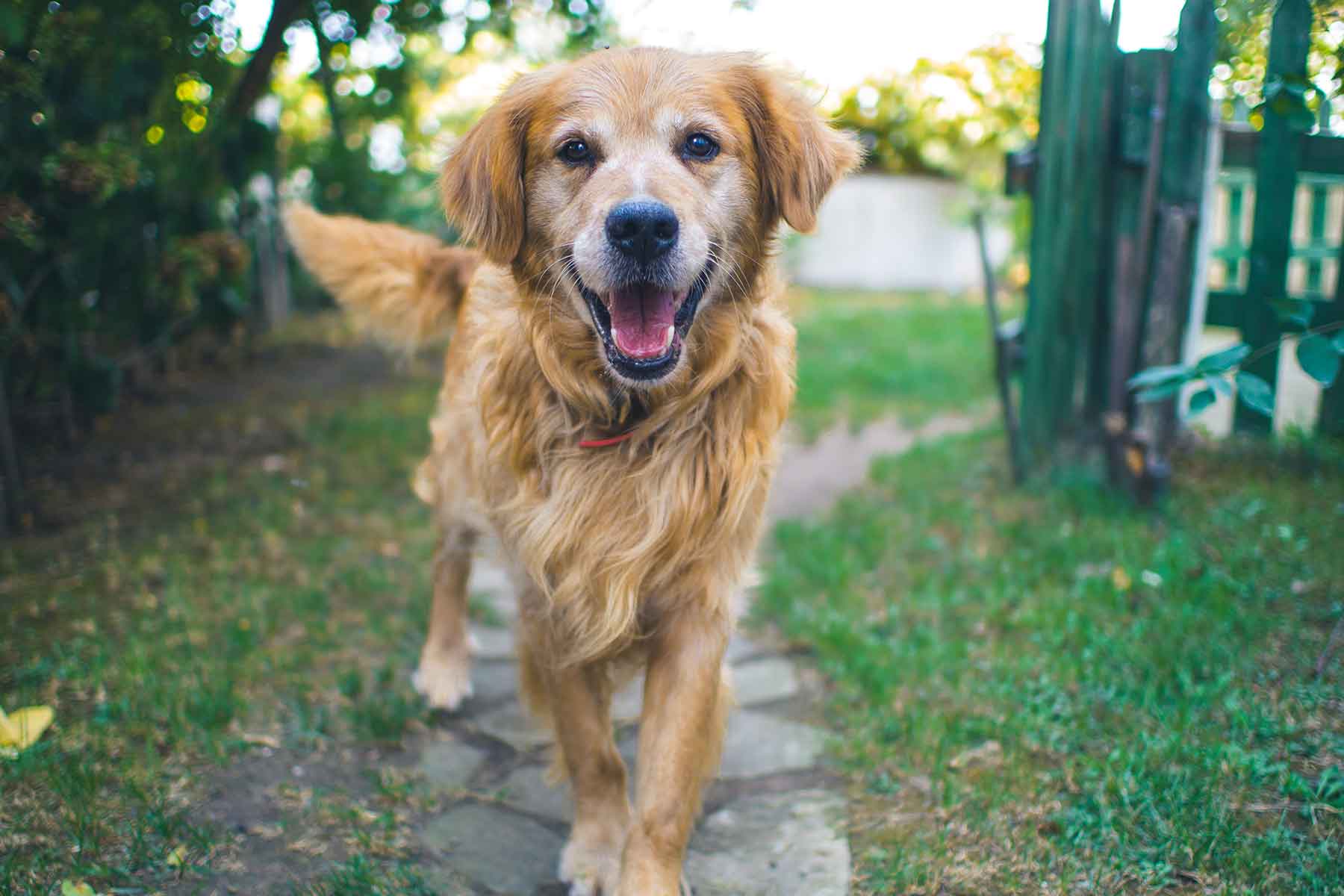What Is Hip Dysplasia?
Hip dysplasia is a deformity of the hip joint (coxofemoral joint) that occurs during an animal’s growth period. Many large breed dog owners have heard of it, but the fact is that anyone owning a dog should become familiar with this condition.
In essence, the ball of the femur can not fit properly into the hip socket. An affected dog may show absolutely no signs of this condition, whilst others may show severe signs.
What Causes Hip Dysplasia?
Several factors contribute to the development of this problem. Some breeds are more likely to genetically inherit hip dysplasia. German Shepherds, Labrador Retrievers, Golden Retrievers, Rottweilers, St Bernards and Old English Sheepdogs are just a few. For a full list we recommend visiting the Listing of Inherited Disorders (LIDA) website managed by the University of Sydney.
Environmental factors also play a role in the development of dysplasia including diet, weight gain and exercise.
What Are The Symptoms?
Hip dysplasia develops in young growing dogs, and signs maybe noticed as early as four to six weeks of age. However, there is no link between age and severity of this condition which means a very young puppy can be debilitated very early. In other cases dogs may not show any abnormalities until one or two years of age and in some cases may not become painful and lame until they are geriatric (6-10 years of age depending on breed). Here are some signs you should look out for:-
- Hind leg lameness
- Lack of coordination in the hind quarters (swaying and staggering)
- Reluctance to run and jump
- Difficulty when attempting to lie down or stand up
- Abnormal gait
Diagnosing Hip Dysplasia
Your veterinarian will undertake a physical examination checking the motion of your dog’s hip joint. X-rays maybe taken to confirm the condition, and highlight the amount of associated arthritis.
Treatment
Various medical and surgical options are available today to help restore your pet’s mobility and ease discomfort. The method of treatment depends on a number of factors including age and severity of the problem. Surgery is generally a last option and is usually recommended when other forms of treatment are not effective, when athletic performance is desired in young patients or to slow the progression of degenerative joint disease to enhance the probability of good long term limb function.
Non surgical options
Non surgical treatment is essentially the same as treatment for arthritis including a weight management program (including nutritional supplements), medications to help support and repair cartilage and medications to relieve pain and reduce inflammation. Refer to our topic on arthritis for more information.
Surgical options
Femoral head ostectomy (FHO) The hip joint is a ball and socket joint. FHO is the removal of the ball part of the joint. This gives excellent results in small dogs because a functional “false joint” forms. Some large dogs may not form this “false joint” as well however this is recommended for patients with severe arthritis, if the hip dislocates, or if the expense of the other procedures is prohibitive.
Triple osteotomy is a procedure in which the pelvis is cut in three places around the hip joint. The bone is rotated to create better alignment with the femoral head (the ball). It is reattached so that the joint functions in a more normal fashion without looseness and pain. This should only be performed in a dog with no arthritic changes in the joint and is only an option for younger patients.
Total Hip Replacement (THR) is possible, as is done in humans. The hip joint is replaced with an artificial ball and socket often made of plastic and stainless steel attached to the pelvis and femur in place of the abnormal joint. This procedure can give many years of pain-free use of the hips however is generally only an option for patients who have not responded to other forms of treatment, and is a very specialised procedure.
You are considering breeding your dog. Can anything be done to prevent hip dysplasia in the puppies?
Research has shown that the cause of hip dysplasia is related to a combination of genetic and environmental factors. The disease is known to be an inherited condition and the genetics of hip dysplasia are extremely complicated. In addition, environmental factors such as overfeeding and excessive exercise can predispose a dog (especially growing puppies) to developing hip dysplasia. Because the inheritance of the disease is so complicated, many questions remain regarding eradication of the disease. However there are several practical things you can do to ensure that the incidence of the disease is reduced.
1. The Australian Veterinary Association runs a scheme (AVA / ANKC Canine Hip & Elbow Dysplasia Scheme (CHEDS) under which your dog’s x-rays will receive a score from an expert. Since in some HD prone breeds it is virtually impossible to find an animal that is hip dysplasia free, the object is to ensure that you breed from a dog whose score is better (lower) than the breed average score. In this way the chances of reducing the incidence of the disease are greatly increased.
The procedure is as follows:
- Your dog must be over one year old and can be radiographed by your own veterinary surgeon.
- General anaesthesia is necessary in order that correctly positioned plates are obtained.
- The x-rays are then submitted to the Australian Veterinary Association with the appropriate fee and the hips are assessed by a veterinary radiologist and a score awarded and reported to the veterinary surgeon.
- The higher the score, the worse the hips or elbows.
2. When purchasing a puppy it is always worthwhile ascertaining whether the parents have been radiographed under the AVA/ANK scheme and if so, what their respective scores were. Even if you did not do this at the time and are contemplating breeding from your dog, it is still worthwhile contacting the breeder to see if you can obtain this information. However it should be borne in mind that because heredity is not the only factor involved, there is still a chance of parents with normal hips throwing a puppy with hip dysplasia. Once you have obtained the necessary information, including the hip score, do discuss any breeding programme with your veterinary surgeon.
Diet And Exercise In Growing Dogs
There is a growing body of evidence indicating that dogs that grow very rapidly are more likely to have hip dysplasia. Many authorities recommend feeding a specifically formulated puppy food to puppies of high risk breeds so their growth is slower. They will still reach their full genetic body size, but just not as rapidly.
Avoid excessive exercise in a growing puppy. Any abnormality in the structure of the hip joint is magnified if excessive running and jumping occur. It is not necessary to treat your puppy as if it were disabled, but long sessions of running or repetitively chasing thrown objects, running on the beach or alongside a bike can be detrimental to joints.
Caring For A Dog With Hip Dysplasia
There are a few things you can do to assist your pet:-
- If you suspect your pet has hip dysplasia, seek advise immediately to minimise the arthritic changes that will develop as the problem worsens.
- Monitor your dog’s body weight and avoid obesity, ask your vet or healthcare team for a nutritional plan
- Avoid strenuous exercise but provide moderate exercise as indicated by your veterinarian
For more information on Hip Dysplasia visit www.veterinarypartner.com











